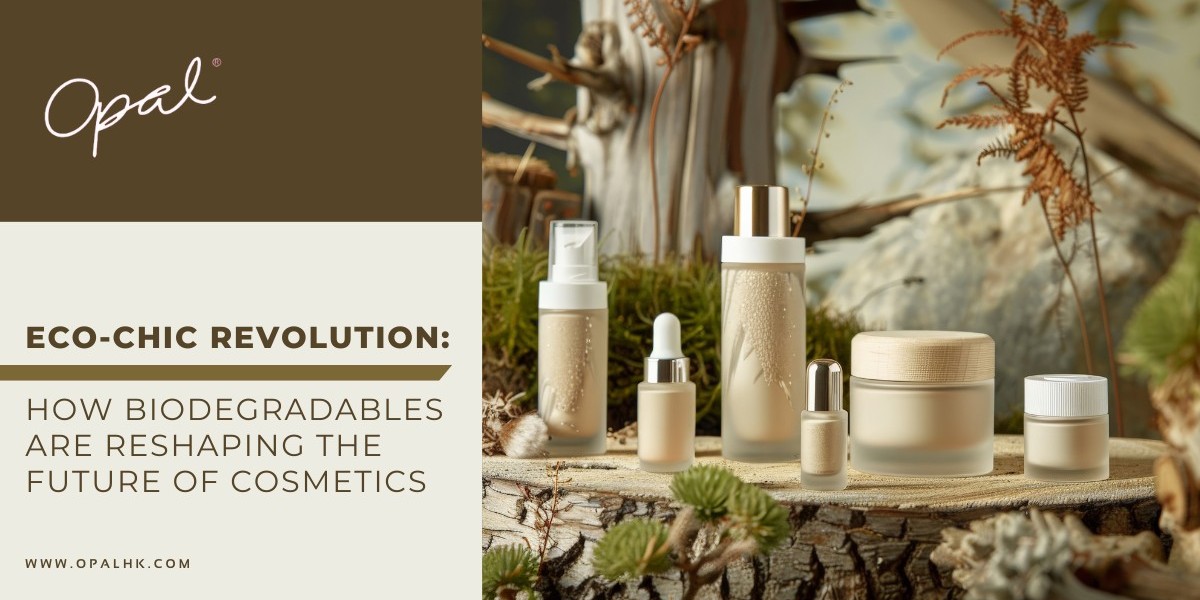Eco-Friendly Alternatives: Biodegradable packaging materials, designed to naturally degrade over time, stand as a potent countermeasure to the burgeoning issue of plastic waste accumulation in landfills and oceans. Unlike their conventional plastic counterparts, which persist in the environment for centuries, biodegradable materials decompose into harmless substances through natural biological processes, presenting a promising solution to the pressing environmental challenges posed by plastic pollution.
Carbon Footprint Reduction: A primary advantage of biodegradable packaging materials lies in their markedly reduced carbon footprint. Traditional plastic packaging heavily relies on non-renewable fossil fuels for production, emitting substantial greenhouse gases throughout their lifecycle. In stark contrast, biodegradable materials, often sourced from renewable resources like plant-based polymers or compostable plastics, boast lower carbon emissions from production to disposal.
Circular Economy: Furthermore, biodegradable packaging materials pave the way for closed-loop systems, wherein products and packaging are designed to either return to the earth or be recycled into fresh materials. This circular approach to packaging not only conserves precious resources but also minimizes waste, thereby fostering a more sustainable economy.
Consumer Preferences: From a consumer standpoint, the utilization of biodegradable packaging materials resonates with the surging demand for environmentally conscious products. Extensive studies reveal that a significant portion of consumers is willing to pay a premium for items packaged in sustainable materials, gravitating towards brands that exhibit a steadfast commitment to environmental stewardship.
Challenges and Solutions: However, the widespread adoption of biodegradable packaging within the cosmetics industry encounters its fair share of challenges. Concerns regarding performance, cost, and availability of biodegradable materials may impede adoption by some manufacturers. Additionally, ensuring the proper disposal and end-of-life management of biodegradable packaging necessitates concerted efforts across the entire value chain, involving consumers, retailers, and waste management systems.
In conclusion, the integration of biodegradable packaging materials holds immense potential in bolstering the sustainability credentials of the cosmetics industry, curtailing its environmental footprint, and meeting the burgeoning demand for eco-friendly products. While obstacles persist, sustained innovation and collaborative efforts within the industry can propel us towards a more sustainable future.
The cosmetics industry's embrace of biodegradable packaging signifies a pivotal stride towards a greener, cleaner future, aligning with the evolving preferences of an eco-conscious consumer base.



